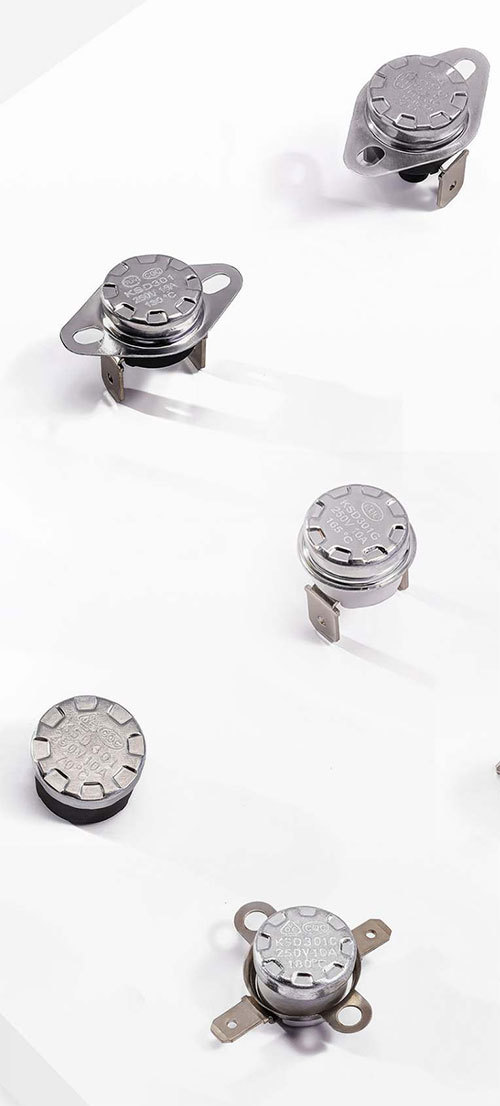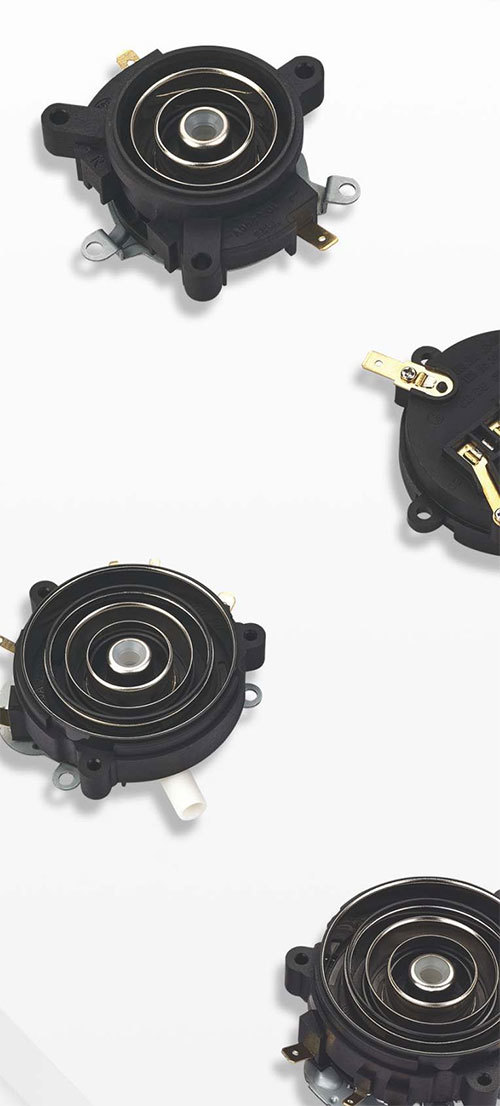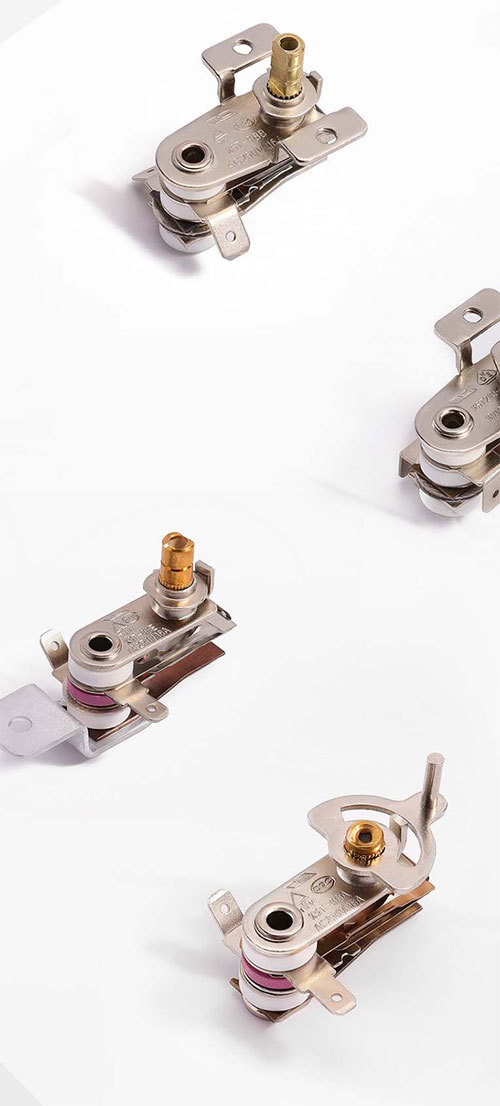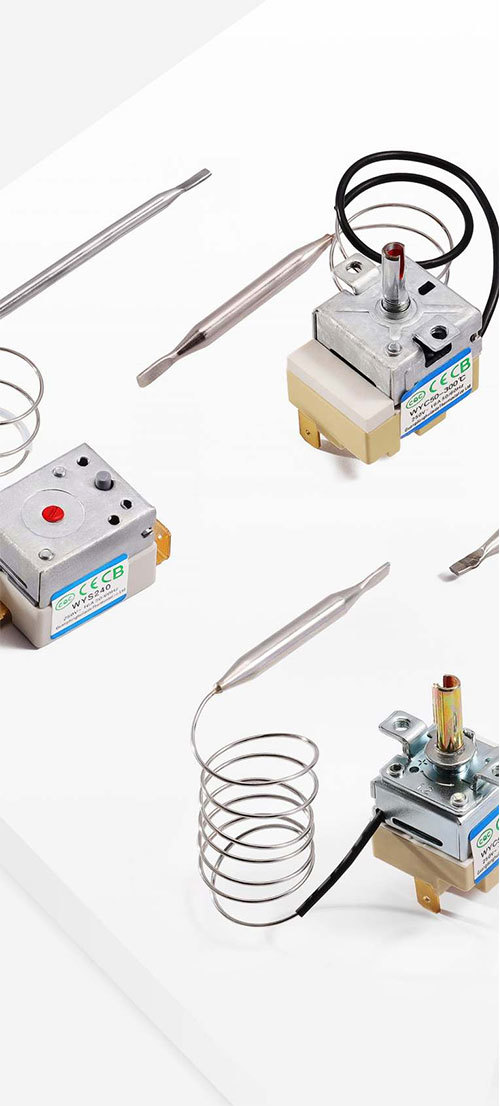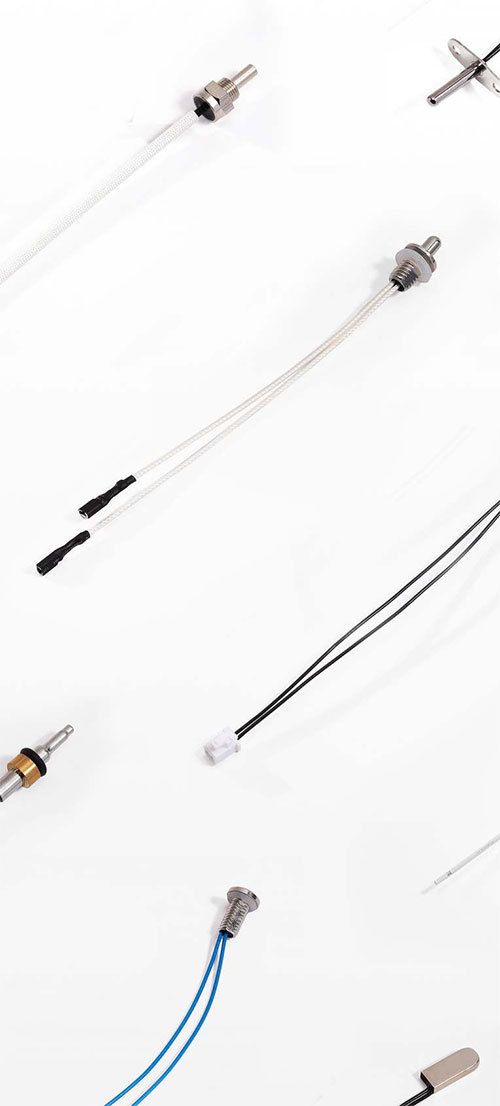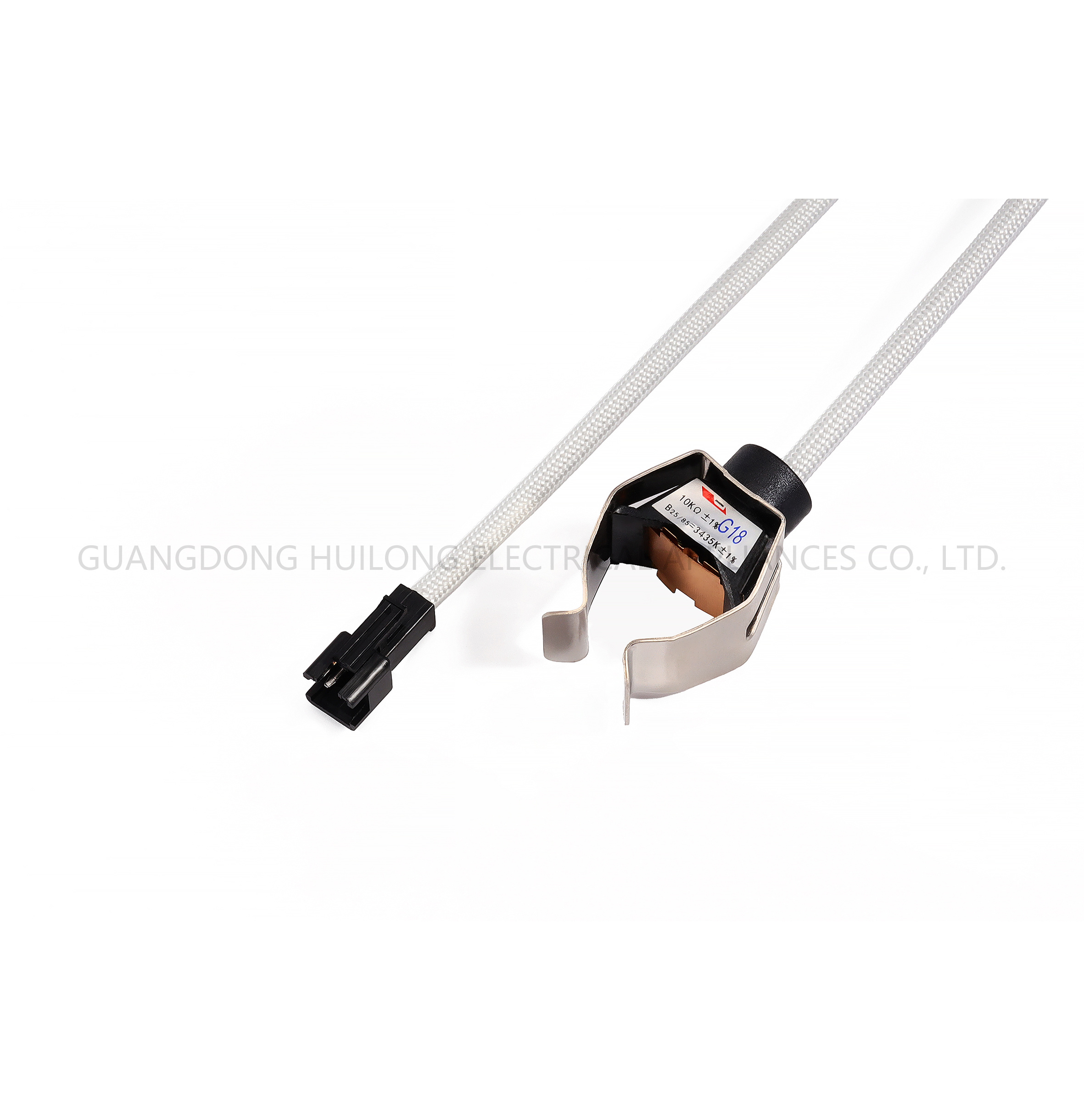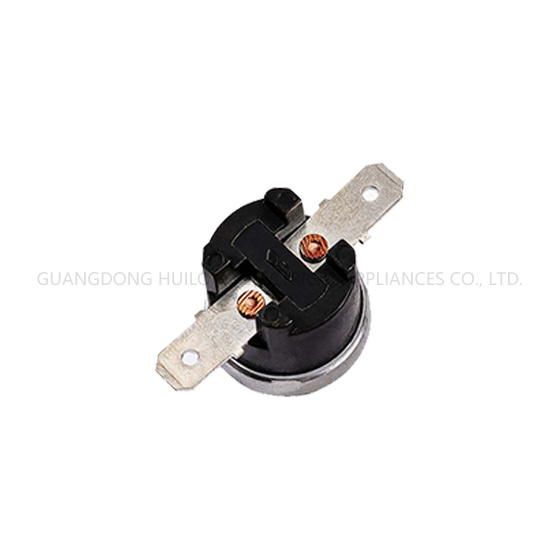Understanding the Role of Bimetal Thermostats in Temperature Control: A Comprehensive Guide
Classification: knowledge
Time:2025-06-20
Understanding the Role of Bimetal Thermostats in Temperature Control
Table of Contents
- What Are Bimetal Thermostats?
- How Bimetal Thermostats Work
- Applications of Bimetal Thermostats
- Advantages of Bimetal Thermostats
- Comparison with Other Types of Thermostats
- Maintenance of Bimetal Thermostats
- Common Issues and Troubleshooting
- The Future of Bimetal Thermostats in Temperature Control
- Conclusion
- FAQs
What Are Bimetal Thermostats?
Bimetal thermostats are temperature control devices that utilize two different metals bonded together, which expand at different rates when heated or cooled. This unique functionality allows bimetal thermostats to serve as highly effective temperature regulators. Within the building and decor industry, they play a critical role in ensuring environments remain comfortable and energy-efficient.
Bimetal thermostats have become popular for various applications, from household heating and cooling systems to industrial temperature control. Their simplicity and reliability make them a preferred choice among contractors and homeowners alike.
How Bimetal Thermostats Work
At the core of a bimetal thermostat's functionality is a **bimetallic strip**, which is composed of two metals with differing coefficients of thermal expansion. Here’s a breakdown of how these components work:
1. Thermal Expansion
When the temperature increases, the metal with the higher thermal expansion coefficient expands more than the other metal. This results in the bending of the strip.
2. Mechanical Movement
As the strip bends, it activates a mechanical switch. This switch can either open or close an electrical circuit, thus engaging or disengaging heating or cooling systems.
3. Temperature Regulation
Once the desired temperature is reached, the bimetal strip returns to its original position, resetting the switch and maintaining the system's temperature. This cycle continues as the temperature fluctuates, ensuring efficient temperature control.
Applications of Bimetal Thermostats
Bimetal thermostats are versatile devices employed in various applications, including:
1. HVAC Systems
In heating, ventilation, and air conditioning (HVAC) systems, bimetal thermostats help maintain comfortable indoor temperatures by regulating the activation of heating and cooling units.
2. Refrigeration Units
They play a vital role in refrigeration systems, ensuring that temperatures remain within specified limits to preserve food and other perishable items.
3. Industrial Equipment
In industrial settings, bimetal thermostats are often used to control temperatures in machinery, ensuring optimal performance and preventing overheating.
4. Smart Home Devices
Some modern smart home systems incorporate bimetal thermostats for effective temperature regulation while integrating with other smart devices for enhanced functionality.
Advantages of Bimetal Thermostats
The use of bimetal thermostats offers numerous advantages, including:
1. Simplicity and Reliability
Their straightforward design ensures long-lasting performance with minimal maintenance. This reliability is crucial in both residential and commercial settings.
2. Cost-Effectiveness
Bimetal thermostats are typically more affordable compared to electronic thermostats, making them a cost-effective solution for temperature control.
3. Energy Efficiency
By accurately regulating temperatures, bimetal thermostats help reduce energy consumption, leading to lower utility bills and a smaller carbon footprint.
4. Versatility
These thermostats can be used in various applications, from home heating and cooling to industrial machinery, showcasing their adaptability across different environments.
Comparison with Other Types of Thermostats
While bimetal thermostats are effective, it is essential to compare them with other types of thermostats to understand their unique advantages:
1. Electronic Thermostats
Electronic thermostats offer advanced features like programmable settings, Wi-Fi connectivity, and more precise temperature control. However, they can be more expensive and complex to install compared to bimetal thermostats.
2. Mechanical Thermostats
Mechanical thermostats, like bimetal versions, are typically less expensive but may lack the sensitivity and adjustability of their electronic counterparts. Bimetal thermostats tend to have a longer lifespan due to their simpler construction.
3. Digital Thermostats
Digital thermostats provide real-time temperature readings and can be programmed for various schedules. However, the initial cost and potential for technical issues can be downsides compared to bimetal thermostats.
Maintenance of Bimetal Thermostats
To ensure optimal performance, regular maintenance of bimetal thermostats is essential. Here are some tips for maintaining these devices:
1. Regular Cleaning
Dust and debris can affect the operation of a bimetal thermostat. Regularly inspect and clean the unit to ensure it functions smoothly.
2. Calibration Checks
Periodically check the calibration of the thermostat to ensure it accurately reflects the desired temperature settings.
3. Professional Inspections
Consider scheduling professional inspections to identify any potential issues before they become significant problems, ensuring longevity and reliability.
Common Issues and Troubleshooting
Understanding common issues can help address problems before they escalate:
1. Inaccurate Temperature Readings
If the thermostat displays inaccurate readings, it may be miscalibrated or affected by external factors like sunlight or drafts. Adjusting its position or recalibrating may resolve the issue.
2. Failure to Activate
If the thermostat does not activate the heating or cooling system, check the electrical connections, and ensure that the bimetal strip is functioning correctly.
3. Frequent Cycling
If the system is cycling on and off too frequently, it could indicate a need for recalibration or a potential malfunction in the thermostat.
The Future of Bimetal Thermostats in Temperature Control
As technology advances, bimetal thermostats are poised to evolve as well. Potential future developments include:
1. Integration with Smart Technology
The incorporation of smart technology could enable bimetal thermostats to interact with other smart devices, enhancing their functionality and user experience.
2. Enhanced Materials
Research into new materials with enhanced thermal properties could lead to improved performance and efficiency in bimetal thermostats.
3. Eco-Friendly Options
As sustainability becomes increasingly important, manufacturers may explore eco-friendly materials and processes to produce bimetal thermostats, aligning with global environmental goals.
Conclusion
Bimetal thermostats play a vital role in temperature control across various applications, providing reliability, cost-effectiveness, and energy efficiency. Their unique design based on the principles of thermal expansion allows for precise temperature regulation, making them an indispensable tool in both residential and industrial settings. As technology continues to advance, the potential for bimetal thermostats to integrate with smart systems and enhance energy efficiency is promising, ensuring their relevance in the future of temperature management.
FAQs
1. What is the primary function of a bimetal thermostat?
The primary function of a bimetal thermostat is to regulate temperature by utilizing two different metals that expand at varying rates, activating a mechanical switch to control heating or cooling systems.
2. How often should I clean my bimetal thermostat?
It is advisable to clean your bimetal thermostat regularly, ideally every few months, to ensure dust and debris do not interfere with its operation.
3. Can bimetal thermostats be used in smart home systems?
While traditional bimetal thermostats are not inherently "smart," advancements in technology may lead to new versions that can integrate with smart home systems.
4. What are the signs that my bimetal thermostat needs replacing?
Signs that your bimetal thermostat may need replacing include inaccurate temperature readings, failure to activate your heating or cooling system, and frequent cycling on and off.
5. Are bimetal thermostats more energy-efficient than electronic ones?
While they are generally more energy-efficient due to their simplicity and reliability, electronic thermostats can provide more precise control, which may lead to greater energy savings in some scenarios.
Keyword: Understanding the Role of Bimetal Thermostats in Temperature Control: A Comprehensive Guide
RELATED INFORMATION
Understanding the Role of a Coolant Temperature Sensor in Engine Performance
Understanding the Role of a Coolant Temperature Sensor in Engine Performance Table of Contents 1. Introduction to Coolant Temperature Sensors 2. The Function of Coolant Temperature Sensors in Engines 3. Types of Coolant Temperature Sensors 4. Importance of Coolant Temperature Sensors in Engine Performance 5. Effects of Malfunctioning Coolant Temperature Sensors 6. Maintena
2025/07/02
Understanding Bimetal Thermostat Temperature Control: A Key Component in HVAC Systems
Bimetal thermostats serve as essential devices for regulating temperature in HVAC systems by utilizing the unique properties of two different metals. These metals are bonded together and expand at different rates when subjected to temperature changes. As the ambient temperature varies, the bimetallic strip bends in response to the thermal expansion, triggering the opening or closing of an electric
2025/06/25


